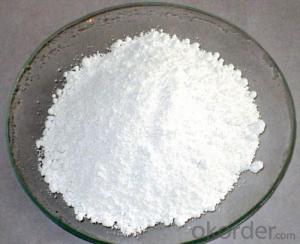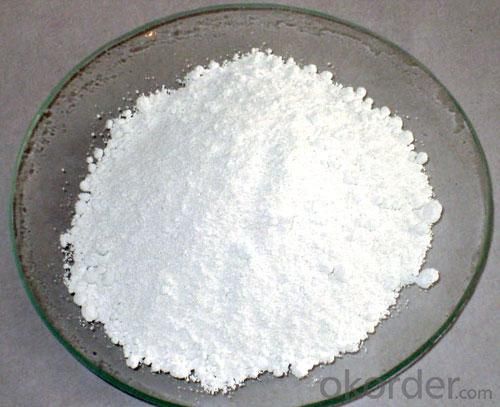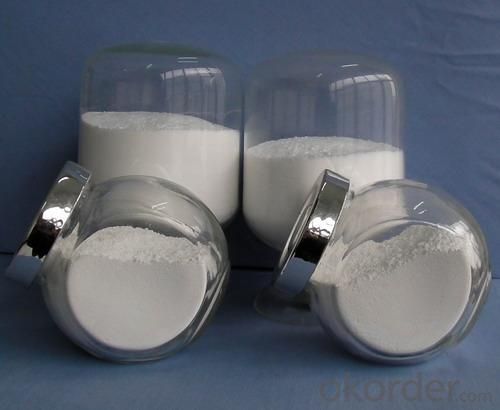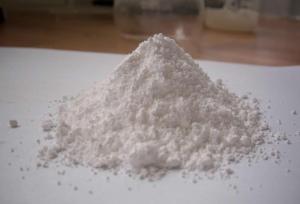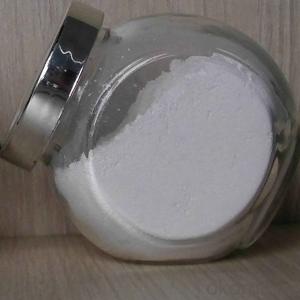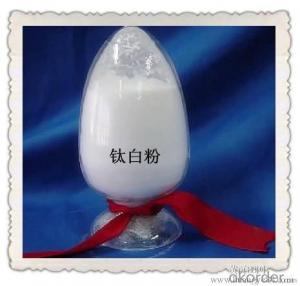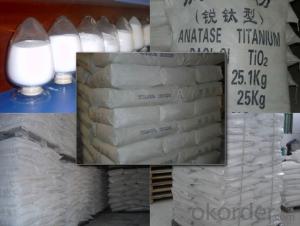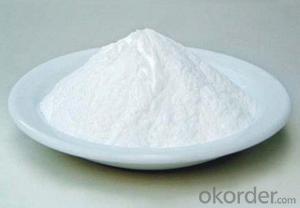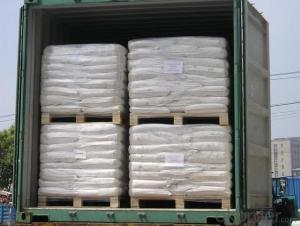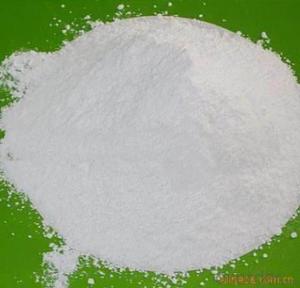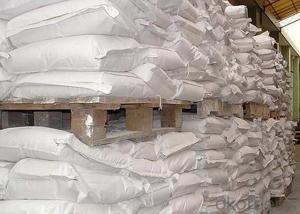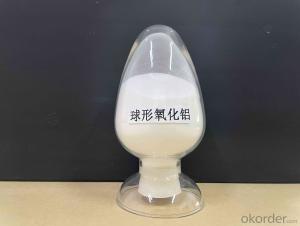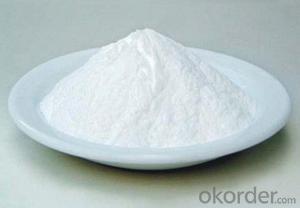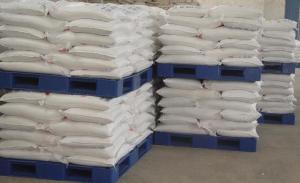Titanium Dioxide Rutile for Painting
- Loading Port:
- Qingdao
- Payment Terms:
- TT OR LC
- Min Order Qty:
- -
- Supply Capability:
- 1000 m.t./month
OKorder Service Pledge
OKorder Financial Service
You Might Also Like
Specifications of Titanium Dioxide
Rutile Titanium Dioxide Price for paint
Blue phase Color
Chloride Process
High whiteness
Titanium dioxide (TiO2) is the most important white pigment used in the coatings industry. It is widely used because it efficiently scatters visible light, thereby imparting whiteness, brightness and opacity when incorporated into a coating.
Data Sheet:
Property CR902
Tio2,wt%,min 93
Alumina yes
Amorphous Silica yes
Specific Gravity 4.0
Bulking value, L/kg(gal/lb) 0.25(0.03)
Organic Treatment yes
Color CIE L* 99.6
Median Particle Size*,um 0.405
Oil Absorption 16.2
PH 7.9
Resistance at 30℃(86℉)(1000 ohm) 8.1
Carbon Black Undertone 11.7
Usage : Widely used in Plastic and rubber, paint, coatings, printing ink, glass, leather, cosmetics, soaps, and paper making etc.
Package:In plastic bags repacked in PP woven bags or Paper bag of 25kgs net net each.The package of other kinds and specifications can be provided as per the client’s requests.
Product Storage:
The shelf of CNBM Tio2 is indefinite as the material is kept from direct contact with moisture.
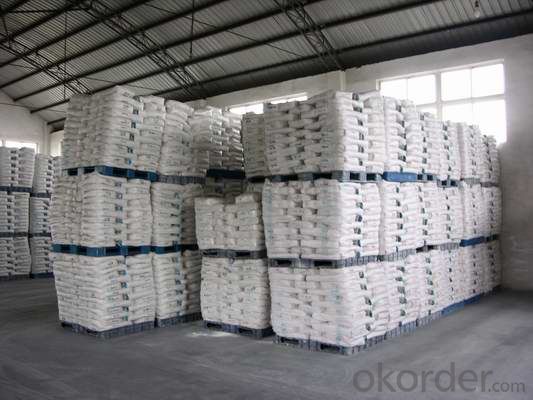

- Q: What is the zinc oxide?
- Common are zinc oxide and zinc oxide
- Q: What is called transition metal oxide doping
- Transition element refers to a series of metal elements in the d-region of the periodic table, also known as transition metal, including chromium, manganese, iron, cobalt, nickel, copper, zinc and so on are transition metals.
- Q: Is the oxide pure?
- The same element of oxide is not necessarily pure, such as sulfur dioxide, sulfur trioxide. The The
- Q: Oxide and organic peroxide signs
- Broad oxide (oxide) refers to the oxygen element and another chemical composition of the binary compounds, such as carbon dioxide (CO?), Calcium oxide (CaO) and so on. But the combination of oxygen and electronegativity with greater fluoride is generally referred to as fluoride rather than oxide.
- Q: Whether the metal oxides are alkaline oxides
- Alkaline oxides are metal oxides
- Q: Is SiO2 an amphoteric oxide?
- Not though SiO2 reacts with HF but the reason for this reaction is not because H + is because Si and F-coordination generated SiF4 is very stable.
- Q: How to judge a chemical formula is not an oxide
- While KMnO4 KClO3 contains oxygen but not an oxide.
- Q: What are the oxides of chlorine
- Dichloride, also known as chlorate (ClOClO3) hexahydrate (Cl2O6) dioxane (Cl2O7)
- Q: Acidic oxide is a kind of oxide which can form acid or react with water to form salt and water. Generally non-metallic elements of oxides and certain transition metal elements of high-priced oxide. Such as sulfur trioxide SO3, phosphorus pentoxide P2O5, manganese dioxide Mn2O7, chromium trioxide CrO3 and so on. Most of the non-metallic oxides are acidic oxides. In our familiar non-metallic oxides, carbon monoxide and nitric oxide are not acidic oxides, and are usually classified as non-acid oxides.
- Acid oxide corresponding to the hydrate is acid, such as CO2 corresponding to the hydrate is H2CO3, N2O5 corresponding hydrate is HNO3.
- Q: Titanium oxide total of several?
- TiO2 titanium oxide - titanium dioxide, is the white powder, is the best white pigment, commonly known as titanium dioxide. Previously, people mining titanium, the main purpose is to get titanium dioxide. Titanium white adhesion is strong, not easy to play It is used to make refractory glass, glaze, enamel, clay, high temperature resistant laboratory utensils, etc .. Titanium dioxide is the world's most white Of the material, l grams of titanium dioxide can be more than 450 square centimeters of the area painted white.It is more than the commonly used white pigment - zinc barium white also white 5 times, it is the best paint to paint white paint. The world as a pigment Of titanium dioxide, more than a year to several hundred thousand tons of titanium dioxide can be added to the paper, the paper white and opaque, the effect is 10 times larger than other substances, so the paper and art paper will add titanium dioxide.In addition, In order to make the color of the plastic lighter, so that artificial silk gloss soft, and sometimes to add titanium dioxide in the rubber industry, titanium dioxide is also used as a white rubber filler.
Send your message to us
Titanium Dioxide Rutile for Painting
- Loading Port:
- Qingdao
- Payment Terms:
- TT OR LC
- Min Order Qty:
- -
- Supply Capability:
- 1000 m.t./month
OKorder Service Pledge
OKorder Financial Service
Similar products
Hot products
Hot Searches
Related keywords
